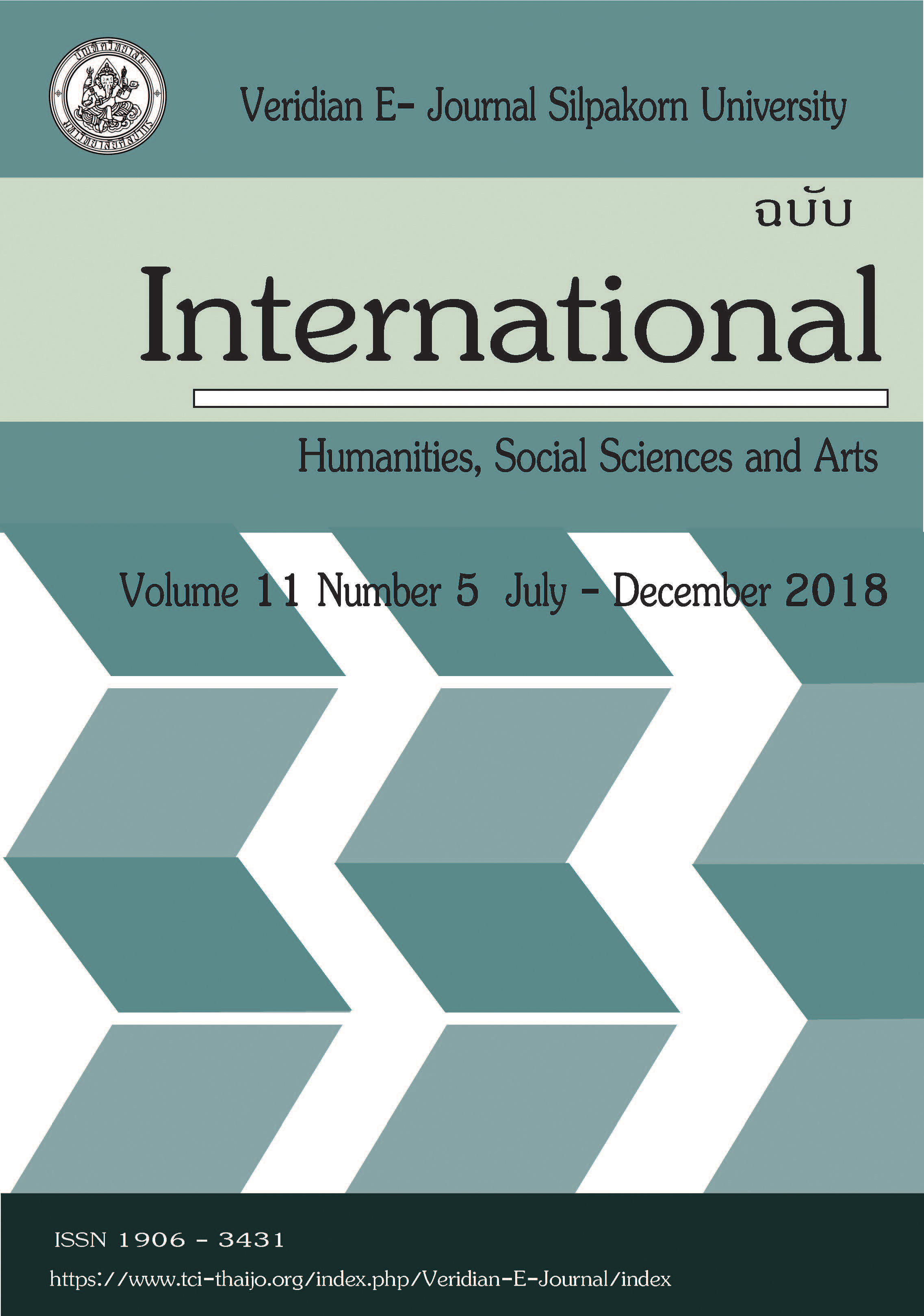The Construction and Development of the Mathematics Curriculum for Excellence (Mathematics Programs from Kindergarten to Senior High School to Foster Students’ Mathematics Excellence)
Main Article Content
บทคัดย่อ
This research aimed to 1) study the basic information in order to construct and develop the mathematics curriculum for excellence consisting of: (1) a mathematics curriculum and study plans; (2) teacher’s manuals and lesson plans; (3) textbooks and course books and (4) mathematics tests, 2) construct and develop the mathematics curriculum for excellence, 3) implement the mathematics curriculum for excellence and 4) evaluate the mathematics curriculum for excellence. The curriculum was piloted and evaluated before and during the implementation and revision of the mathematics curriculum for excellence. The data were collected by quantitative and qualitative methods. The research instruments included: 1) content analysis form of related literature and research; 2) interview forms/topics for focus group discussions; 3) mathematics teachers' teaching behavior observation form; 4) needs analysis questionnaire on students' mathematics learning; 5) evaluation form of the mathematics curriculum for excellence; 6) mentoring form for teaching and learning based on the mathematics curriculum for excellence 7) teachers' opinion towards mathematics curriculum for excellence and curriculum-related documents interview form and 8) students' opinion towards learning and teaching management and documents related to the mathematics curriculum for excellence interview form. The data were analyzed by percentage, mean, and standard deviation as well as content analysis. The results revealed that:
- 1. The math curricula consisted of contents, numbers and operations, measurement, algebra, geometry, data analyses and probability. The process skills comprised problem solving, reasoning, communication, communication of mathematical concepts, linking mathematics with other disciplines and creative thinking. The mathematics learning activity management focused on activities that supported knowledge construction, processes, knowledge application, questioning strategies, problem solving emphasizing on students’ mathematical competencies, mathematising and mathematical processes as well as emphasis on positive attitude, instructional materials in mathematics, a blend of technology, measurement and evaluation for mathematical excellence, assessment for learning, authentic assessment, evaluation of knowledge, process skills and mathematical attitude.
- 2. The mathematics curriculum for excellence was comprised of: 1) a mathematics curriculum; 2) lesson plans and teacher’s manuals; 3) mathematics textbooks/course books; 4) mathematics tests for 13 levels of students ranging from kindergarten to upper secondary level. Mathematical excellence in early childhood was fostered by learning activities based on creative arts (Art Math). For elementary levels, English vocabulary and mathematics were integrated (Integrated Math). Junior high school students were required to think creatively (Creative Math) and senior high school students were expected to be excellent in mathematics (Excellence Math).
- 3. The implementation of the K-12 curriculum at 11 municipal schools in 5 regions in the second semester of the academic year 2016. The teachers implemented the curriculum based on the lesson plans. The results of the implementation revealed that the curriculum enabled the students to be outstanding or excellent in mathematics and they achieved the expected learning outcomes. They also gained more mathematics skills and processes.
- 4. The evaluation and revision of mathematics curriculum for excellence showed that the teachers’ overall opinion was at the high level. Their opinion towards the curriculum in general was at the high level. The mean score of their opinion towards the congruence of strands and standards was the highest and at the high level. The second highest mean score was on the opinion towards accuracy and precision of the strands and standards and it was at the high level. The opinion towards lesson plans in general was at the high level and their opinion towards the lesson plans consisting of learning activities that challenged the students to fully use their mathematics skills had the highest mean score and it was at the high level. The second highest mean score was on the opinion towards the precision and accuracy of measurement and evaluation stating in the lesson plans and it was at the high level The course books in general was at the high level. The mean score of the opinion towards the congruence of course books, curriculum and lesson plans were the highest and it was at the high level. The second highest mean score was on clear explanations and easy-to-follow directions in the course books and it was at the high level and the students found learning through the curriculum beneficial. They could apply it to their everyday life. They considered learning activities enjoyable. Providing students opportunities to participate and learning with other students who had the same level of mathematics skills helped them learn better.

